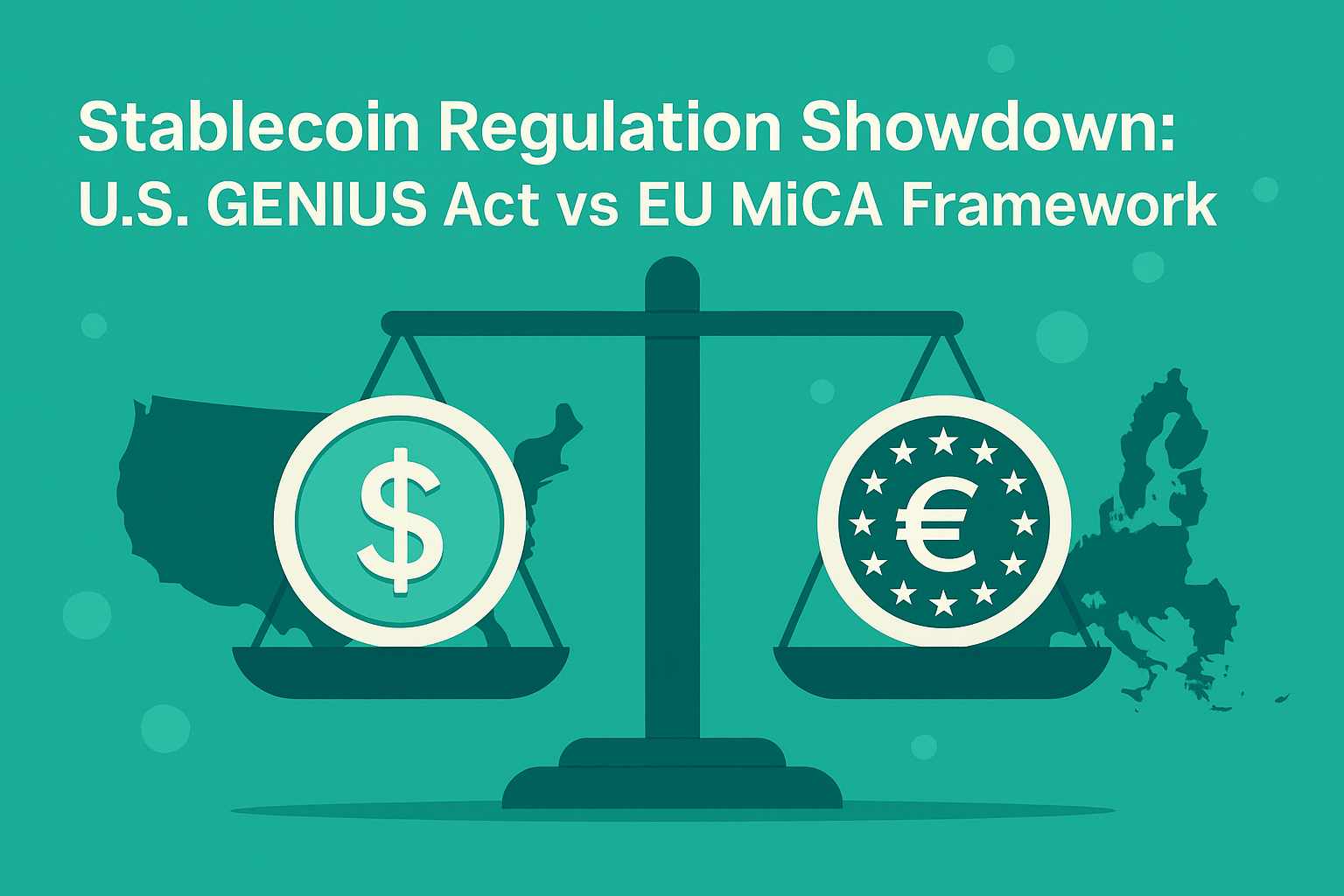Wrote By:Global Economist 2025/10
1. Introduction: Why Stablecoins, Why Japan, Why Now?
“The crypto bubble may be over, but the digital yen’s story is just beginning.”
Since the Terra shock of 2022, regulators worldwide have redefined stablecoins not as speculative tokens, but as potential disruptors of financial infrastructure. Japan responded swiftly: in 2023, it introduced one of the world’s earliest and clearest legal frameworks. The question now is whether Japan’s approach will become a weapon of financial strength—or a burden of overregulation.
2. Legal Foundations: The Unique “Electronic Payment Instrument” Category
With the June 2023 amendment to the Payment Services Act, Japan formally classified stablecoins as Electronic Payment Instruments (EPI).
- Issuers limited to: banks, money transfer companies, and trust banks
- Full reserve backing: 100% in safe assets like JGBs and deposits
- Segregated custody: trust separation to protect assets even in bankruptcy
- Foreign stablecoin rules: caps on transfer amounts and holding periods
- Broker registration: intermediaries must register with the FSA
Unlike “unregulated crypto,” Japan treats stablecoins as bank-level safe infrastructure—a strict but clear stance.
3. Market Players: From Ambition to Experimentation
JPYC’s Bold Move
- JPYC Inc. plans to issue the first domestic yen-pegged stablecoin.
- Proposed reserve design: 80% Japanese government bonds, 20% cash deposits.
- Envisioned use cases: cross-border remittances, student allowances abroad, and micro-payments with instant 1-yen transfers.
Mega-Banks’ Joint Projects
- MUFG Trust and other major banks are also exploring joint issuance schemes.
- Yet commercialization remains distant, hindered by regulatory complexity and industry coordination challenges.
4. Strengths and Weaknesses of the Japanese Model
Strengths
- Regulatory clarity: one of the first comprehensive frameworks in Asia
- Credibility of the yen: as a top three global currency, yen-based stablecoins could scale internationally
- Integration with traditional finance: easier to connect with banks and trust infrastructure
Weaknesses
- High compliance costs: barriers to entry may stifle startups
- Slow adoption: consumer and corporate use cases are still limited
- Global competition: rivals like the U.S. and Singapore may leap ahead with more flexible rules
5. Turning Points Ahead: Policy and Market Implications
- Balancing safety and flexibility: adjusting trust-asset investment rules will be critical.
- Cross-border interoperability: yen stablecoins must connect with dollar-based networks or risk isolation.
- CBDC overlap: Japan’s central bank digital currency (CBDC) research may either complement or compete with private stablecoins.
- Building trust: transparency, audits, and AML compliance are non-negotiable for mainstream adoption.
6. Conclusion: Quiet First-Mover or Missed Opportunity?
Japan is a regulatory first-mover in stablecoins, but the outcome remains undecided. If its strict rules can secure trust while allowing innovation, the yen could emerge as a digital settlement hub for Asia. If not, Japan may become a market where dollar-pegged stablecoins dominate and local innovation suffocates under regulation.
In short, Japan’s stablecoin experiment is a test of whether it can transform the yen’s credibility into a global digital asset.


